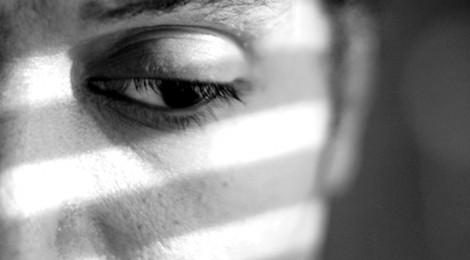
Dual Diagnosis: Mental Illness in the Developmentally Disabled
Recently, I had the opportunity to attend the “Effective Specialized Responses” training offered by Community Networks of Specialized Care. As the day progressed, I was surprised by how little I knew about dual diagnosis. Like a large percentage of the general population, I was under-educated when it came to people with developmental disabilities who have a co-existing mental or a behavioral disorder.
According to the ESR Participants Guide – fall 2011, between 1 and 3% of the general population is diagnosed with a developmental disability, with males being diagnosed more often. But what exactly is a developmental disability? The Developmental Disabilities Association defines it as a disability caused by birth defects or physical disorders, resulting in lifelong deficits or impairments in adaptive functioning. Although specific characteristics vary with different conditions, some of the common examples include concrete thinking, self-stimulating behavior, poor problem-solving capacities, attention difficulties, poorly developed social skills or awareness of social structures, poor frustration tolerance, and poor concept of time and cause-and-effect linkage.
Common behavioral symptoms found in people with developmental disabilities include repetitive phrases and actions, passivity, self-injurious behavior, low self-esteem, aggressiveness, impulsiveness, dependency, eagerness to please, and self-stimulating behavior. It is interesting to note that the ESR guide reports that approximately 30 to 70% of all developmentally disabled persons have a psychiatric disorder. And, a severe developmental disability results in a marked increase in risk of developing mental illness.
Notably, psychiatric impairments rank second, after mobility impairment, in noted secondary disabilities in persons with a developmental disability. The reason behind this phenomenon, it seems, is that people with developmental disabilities are at greater risk due to their physical and cognitive impairments. And due to the nature of their disability, they are more exposed to exploitive, degrading, physically and sexually abusive situations.
Research has shown that people with developmental disabilities are 4-10 times more likely to become victims of crime. Due to their impaired coping and adaptation skills, it is extremely difficult for people with developmental disabilities to effectively cope with trauma, much harder than for the non disabled.
The golden rule taught by the training instructors was “regardless of what sector you are in, when you are working with someone with a developmental disability, you should always consider the possibility that they have a mental health disorder.” It is important to understand the complexities surrounding dual diagnosis, namely:
Psychosocial Masking: Since people with developmental disabilities have limited social experiences, their psychiatric symptoms may be very different than those of the “normal” population, for example, belief that one can drive a car may be mania.
Intellectual Distortion: Due to deficits in abstract thinking, receptive and expressive language skills, emotional symptoms may be difficult to elicit. In fact, emotional symptoms may manifest in behavior.
Cognitive Disintegration: People with developmental disabilities have decreased ability to tolerate stress resulting in anxiety-induced behavior, which may wrongly be interpreted as psychosis.
Baseline Exaggeration: Onset of psychiatric illness may increase the severity or frequency of chronic maladaptive behavior. This can also influence the diagnosis of mental illness.
And so, it is always important that workers collecting baseline information know the individual very well, in order to understand any given behavior in context. When working with people with a dual diagnosis, it is crucial that the bio-psycho-social model be used. This is a model that takes a more holistic approach, focusing on the medical, mental, and social aspects of the individual’s life. Conclusions should be built on factual data including specific experiences.
Unfortunately, those requiring help often encounter barriers in finding and accessing appropriate resources, including: lack of committed resources and service options, limited availability of residential resources, lack of coordination of service delivery, lack of funding, and limited capacities of agencies to free up funds and shift priorities. To reduce the challenges associated with accessing resources, many agencies are beginning to collaborate and build partnerships with one another. This is done to ensure that expertise is available in the mental health and developmental sector.
Evidence suggests that systemic change is required to insure that people with a dual diagnosis not only have sufficient resources, but also have effortless access to these resources. They require support from families, staff members and agencies designed to help them. A collective effort is required from those involved in the care of people with a dual diagnosis to insure that their odds for success are maximized.
-Fareena Shabbir, Contributing Writer
If you are interested in obtaining more information about Dual Diagnosis please click on one of the following links:
http://www.community-networks.ca/
http://www.thenadd.org/index.shtml
http://cioc.cmhagrb.on.ca/record/GCL1991



